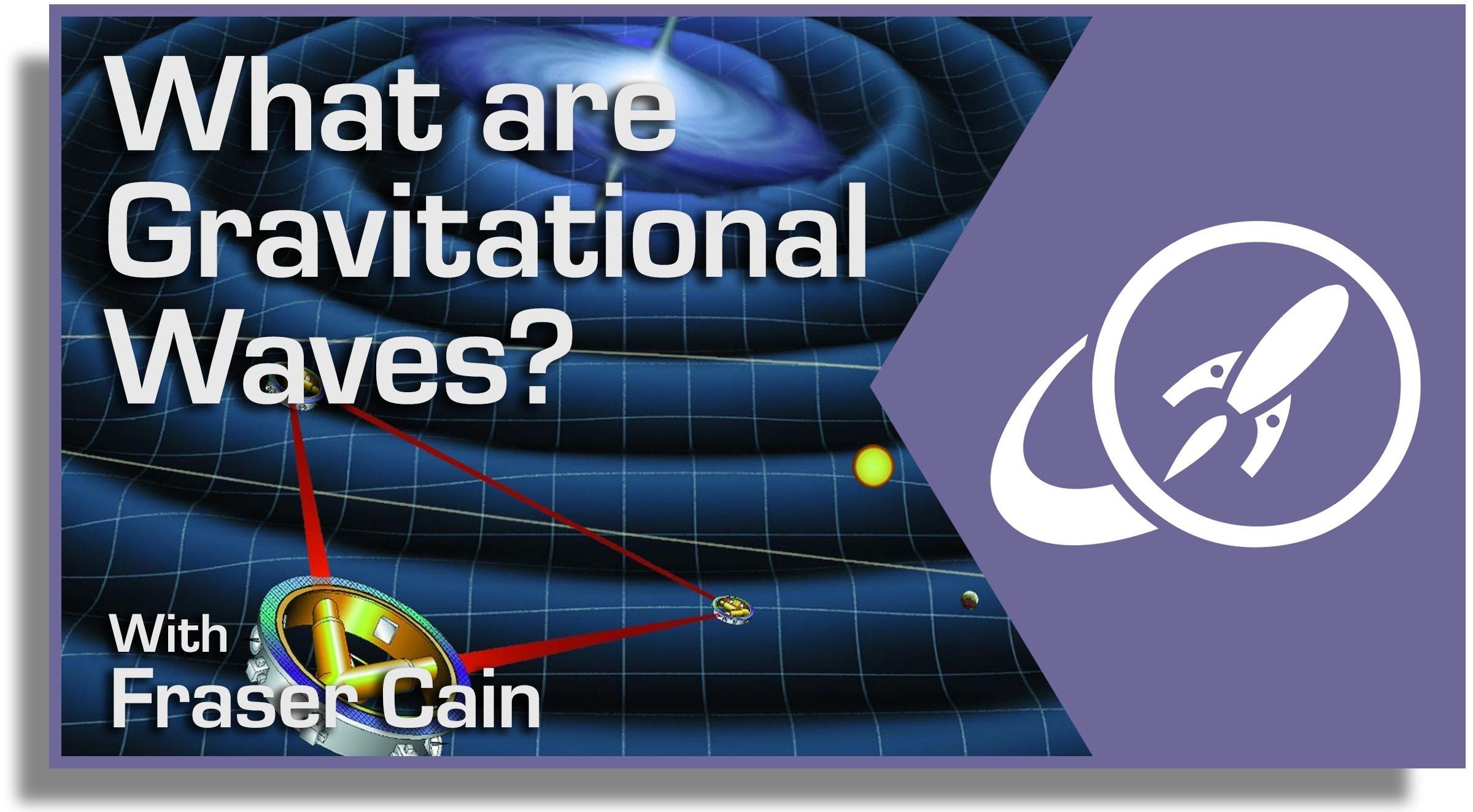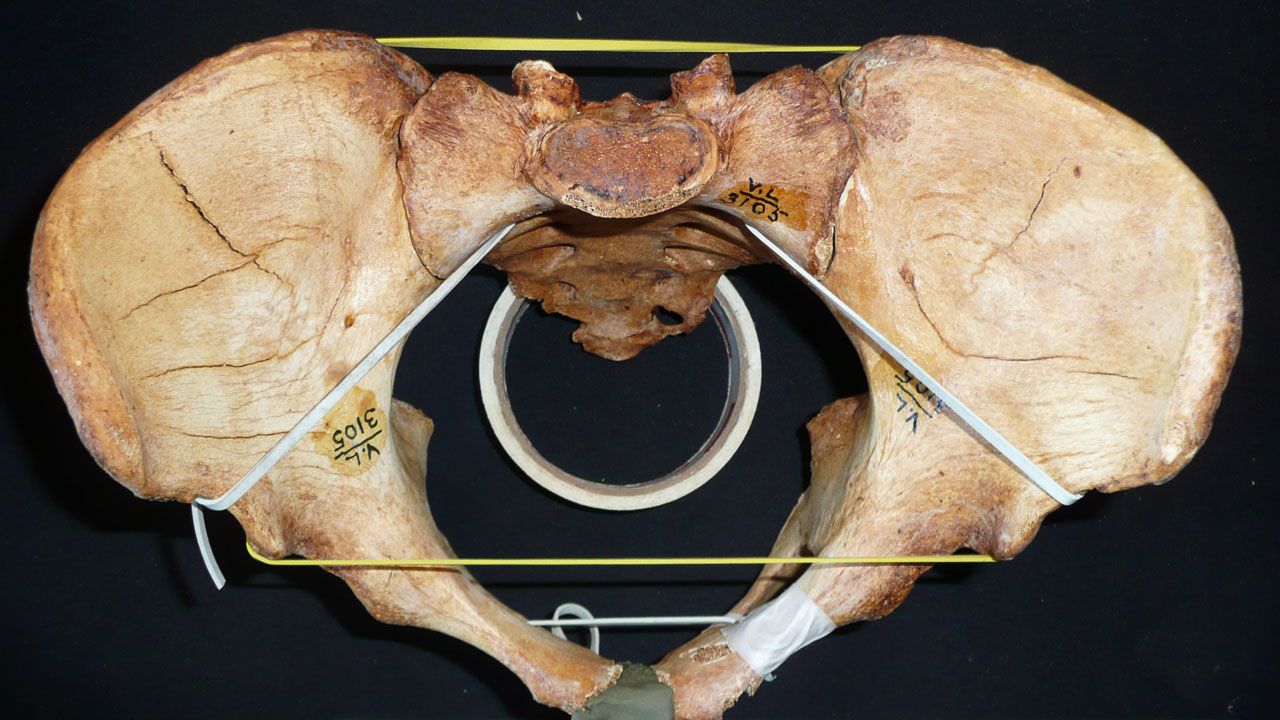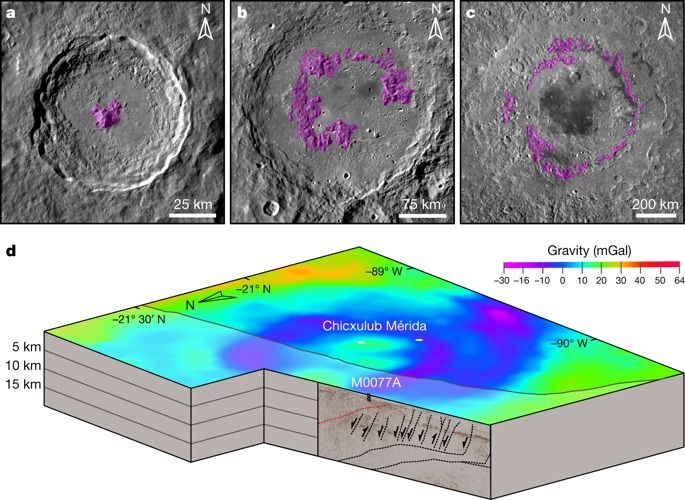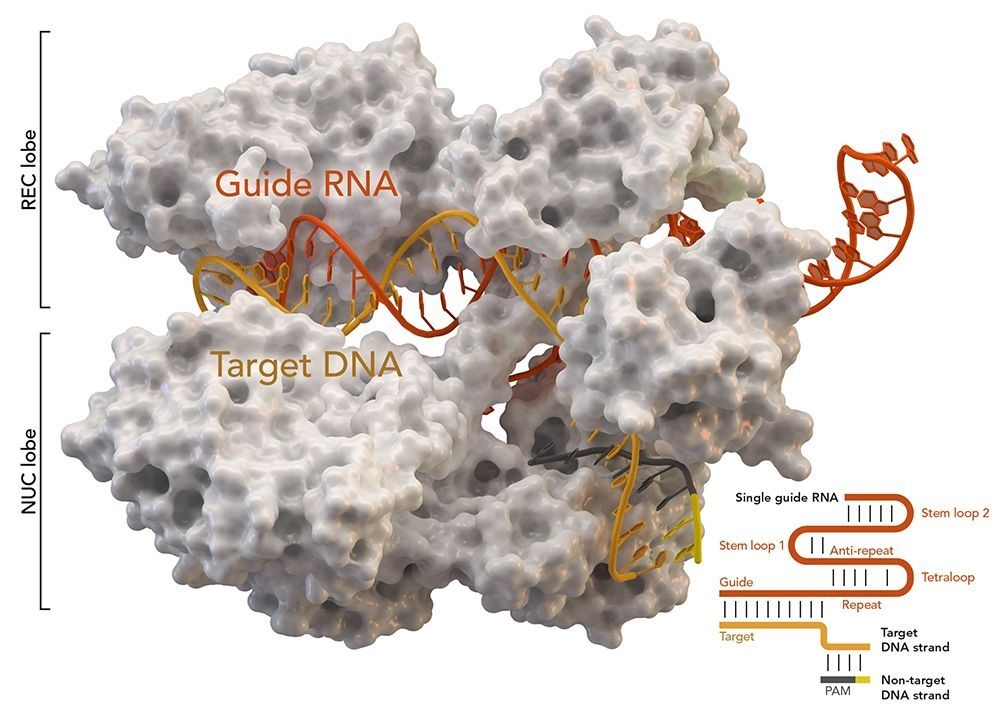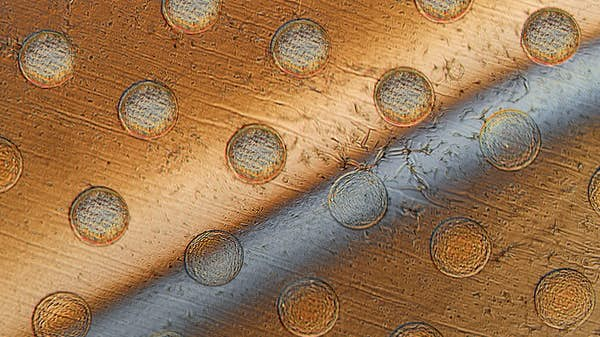Oct 24, 2018
NASA’s Parker Solar Probe snaps Earth pic as its speeds to the Sun
Posted by Genevieve Klien in category: space
NASA has released an image of the Earth captured by the Parker Solar Probe on its historic journey to the Sun.
The picture was captured on Sept. 25 by Parker’s Wide-field Imager for Solar Probe (WISPR) instrument.
When the image of the Earth was taken, Parker Solar Probe was about 27 million miles from Earth. The average distance between the Sun and Earth is 93 million miles.
Continue reading “NASA’s Parker Solar Probe snaps Earth pic as its speeds to the Sun” »

